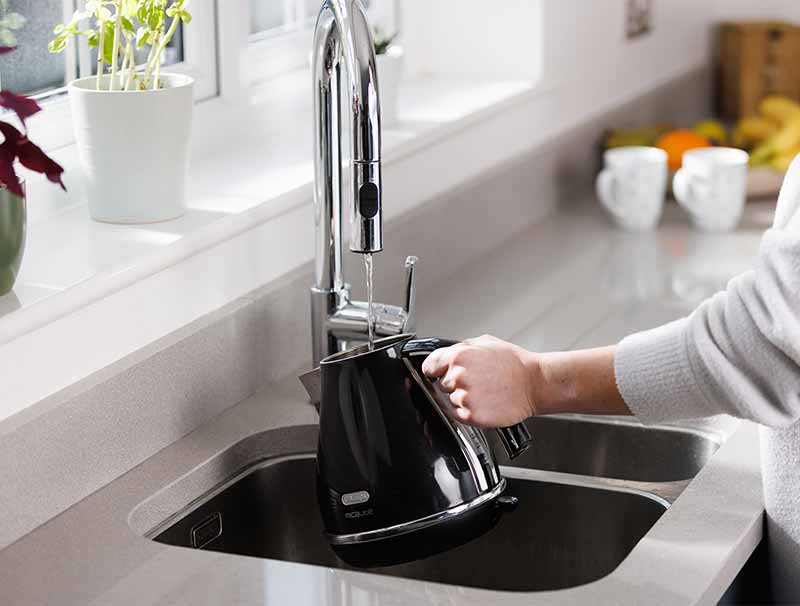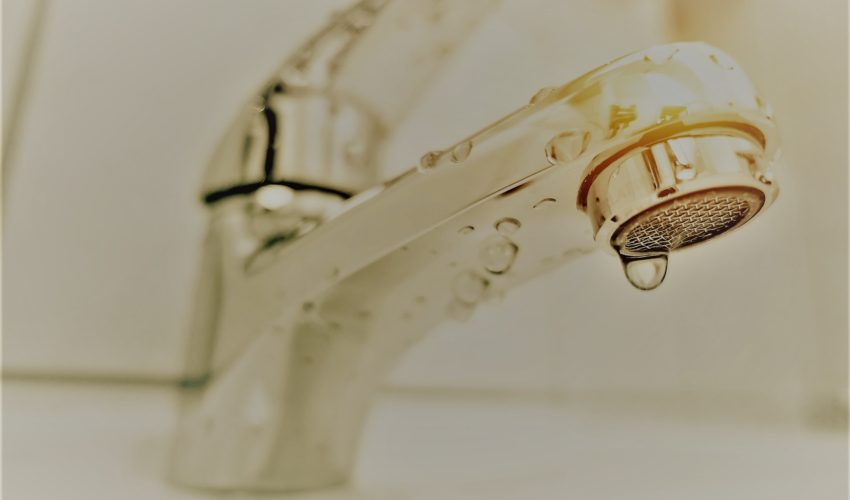Confirmed Techniques for Solving Low Water Pressure in Your Home
Confirmed Techniques for Solving Low Water Pressure in Your Home
Blog Article
This post which follows pertaining to Low Water Pressure in the House? is really interesting. Don't miss it.

Low tide stress in your home can be a frustrating issue, impacting every little thing from bathing to cleaning recipes. If you're experiencing weak water circulation, there are numerous possible reasons and remedies to discover. In this guide, we'll talk about usual reasons for low tide stress and useful actions to resolve the concern efficiently.
Introduction to Low Tide Pressure
Low water stress happens when the circulation of water from your faucets, showers, and various other components is weaker than common. This can make everyday jobs extra difficult and much less reliable. Comprehending the causes of low tide stress is critical to locating the ideal remedy.
Typical Causes of Low Water Stress
Faulty Pressure Regulators
Stress regulatory authorities are in charge of preserving regular water stress in your house. If they malfunction, it can cause low tide pressure or irregular flow throughout your home.
Community Water Supply Issues
In some cases, the issue exists outside your home. Metropolitan water concerns, such as main line leaks or maintenance work, can briefly decrease water stress in your location.
Pipe Obstructions
Gradually, pipelines can become clogged with mineral deposits, debris, or particles, restricting the circulation of water. This is an usual concern in older homes with galvanized steel pipes.
Rust
Corrosion within pipelines can bring about leaks and decreased water pressure. Rust build-up can constrict water flow, especially in maturing plumbing systems.
How to Detect Low Water Stress
Inspecting Pipelines
Inspect visible pipelines for indicators of leaks, corrosion, or obstructions. Take notice of any type of uncommon noises, such as banging or rattling pipelines, which can suggest problems within the plumbing system.
Consulting with a Plumber
If you're not able to determine the reason for low tide stress, take into consideration hiring a specialist plumber to carry out a detailed inspection. They can determine underlying issues and recommend appropriate services.
Examining Faucets and Components
Beginning by checking the water pressure at various faucets and fixtures throughout your home. If the issue is separated to certain areas, it might suggest local troubles.
DIY Solutions to Deal With Low Water Pressure
Flushing Water Heater
Debris buildup in the hot water heater can restrict flow and decrease efficiency. Flushing the container regularly assists remove sediment and maintain ideal efficiency.
Inspecting Stress Regulatory Authority
Guarantee that the stress regulatory authority is functioning properly. Readjusting or replacing the regulatory authority can assist recover proper water pressure throughout your home.
Cleansing Aerators and Showerheads
Natural resources can collect in aerators and showerheads, reducing water circulation. Eliminate and clean up these parts regularly to enhance water stress.
Cleaning Clogs in Piping
For small clogs, attempt utilizing a plumbing snake or chemical drainpipe cleaner to clear obstructions in pipelines. Be cautious when making use of chemicals and follow safety guidelines.
When to Call a Specialist Plumber
If DIY efforts stop working to solve the concern or if you think substantial plumbing troubles, it's best to seek help from a certified plumber. They have the experience and devices to resolve intricate concerns safely and efficiently.
Preventive Measures to Maintain Water Pressure
Mounting a Pressure Booster
Consider mounting a pressure booster pump to enhance water pressure in areas with consistently low flow. This can be especially helpful for multi-story homes or homes with high-demand components.
Tracking Water Use
Bear in mind water usage routines and stay clear of overtaxing the plumbing system. Straightforward changes, such as astonishing showers and washing lots, can aid maintain sufficient water pressure.
Regular Maintenance
Set up routine upkeep for your plumbing system to stop concerns such as deterioration, leakages, and blockages. Resolving minor problems early can help stay clear of more significant repairs later on.
Conclusion
Dealing with low water pressure can be frustrating, but determining the underlying reasons and carrying out ideal options can recover ideal circulation throughout your home. Whether it's cleaning aerators, evaluating pipelines, or seeking advice from a plumber, taking proactive steps can make sure a stable supply of water for your everyday requirements.
How to Fix Low Water Pressure In Your Home
Municipal Water Supply Issues
Scheduled maintenance, high demand, and water main breaks are all potential causes for low water pressure within a city or county’s water lines. While there’s not much you can do to personally fix a problem with your city or county’s water supply system, you can play a big role in documenting the issue and alerting those who can.
How to fix it:
Ask your neighbors if they are experiencing any issues with low water pressure. If multiple homes are affected, it’s likely related to the city’s water line. Contact the local Water Authority to see if there is any maintenance taking place that might be affecting your supply. Also let them know of your specific issues. If other homeowners report the same issues, they’ll know that there could be a larger issue to look into. Faulty Fixtures
A damaged or clogged shower head, faucet or appliance is the first thing we’d suggest checking, especially if low water pressure appears to be isolated to a specific area of your home.
How to fix it:
First, turn off the main water supply to your home. Check the affected appliances for build-up or debris. In the case of a faucet, you can simply unscrew the aerator at the tip of the faucet. Showerheads should be fully detached from the water pipe. While the appliances are detached, you may want to check the water supply to determine if the fixtures were in fact the issue. To clean, soak the showerhead or aerator in vinegar and brush off any visible debris. Reattach the fixtures and check the water pressure again. If it is still low, there is likely a deeper issue at hand, which can be determined by a professional plumber. Pipe Obstructions
Mineral deposits, rust or other debris within water pipes can lead to blockages or corrosion over time.
How to fix it:
When you think of a clog, you probably think of a drain clog. While there are many DIY solutions to clearing a drain, clogs in a water pipe will almost always require the help of a professional plumber. A plumber will be able to locate the affected pipe and clean out any debris or mineral deposit buildup. In severe cases, the pipe may need to be replaced. Your plumber might also recommend a water softening system to remove the minerals from your home’s water supply that can contribute to pipe blockages over time.
Plumbing Leak
Undetected water line leaks can divert water away from your residential pipes, reducing the water pressure in your fixtures.
How to fix it:
Check your water meter by turning off all water sources and monitoring the meter for any movement, which could be a clear indicator of a potential leak. Check all visible pipes for signs of leaking, including water stains, active dripping or damp spots around the pipe. Inspect fixtures, including faucets and showerheads, for any drips. Test the pressure but recording the pressure with the main water valve shut off. Leave off for a few hours and test again. A significant drop in pressure is a clear sign of a leak. https://kiddcoplumbing.com/plumbing-blog/how-to-fix-low-water-pressure/

We are very eager about 4 Ways to Troubleshoot Low Water Pressure and I really hope you appreciated our blog entry. I beg you set aside a second to promote this article if you enjoyed reading it. Many thanks for your time. Kindly pay a visit to our blog back soon.
Visit Url Report this page